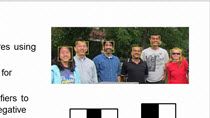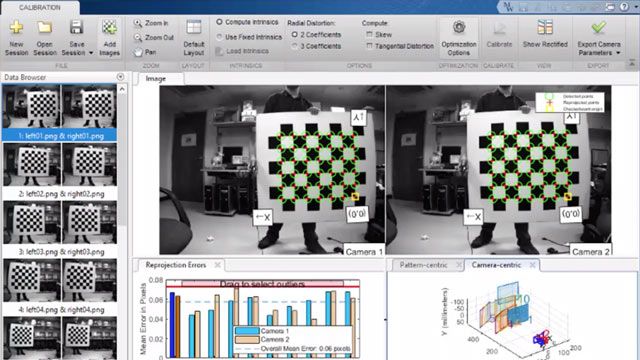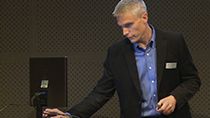Aerial Lidar Processing in MATLAB
Overview
Introduction of low cost lidar sensors has increased adoption of lidar workflows in various aerial applications such as mapping, surveying, inspection and monitoring. High accuracy and high density of the lidar data renders it useful in space management, security, and defense applications.
Highlights
In this webinar, you will learn how to develop complex lidar processing algorithms. We will walk through a workflow example and address common challenges in the process, such as
- Reading and processing large lidar point clouds
- Distortion and tracking errors due to motion
- Labeling huge datasets for AI workflows
About the Presenter
Minhaj Palakkaparambil Mohammed is a product manager at MathWorks, with a focus on autonomous systems and lidar point cloud processing. Prior to joining MathWorks he worked as a lead engineer for developing autonomous systems. He holds a masters degree from NIT Suratkal in India.
Rishu Gupta is a senior application engineer at MathWorks India. He primarily focuses on automated driving, aerial, and deep learning applications. Rishu has over nine years of experience working on applications related to visual contents. He previously worked as a scientist at LG Soft India in the Research and Development unit. He has published and reviewed papers in multiple peer-reviewed conferences and journals. Rishu holds a bachelor’s degree in electronics and communication engineering from BIET Jhansi, a master’s in visual contents from Dongseo University, South Korea, working on the application of computer vision, and a Ph.D. in electrical engineering from University Technology Petronas, Malaysia with focus on biomedical image processing for ultrasound images.
Recorded: 16 Mar 2022




